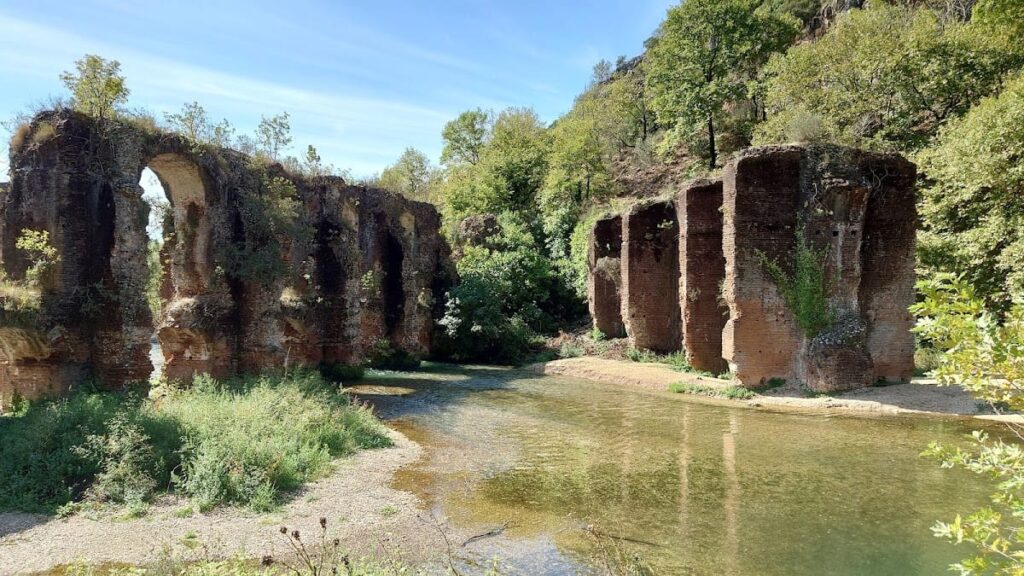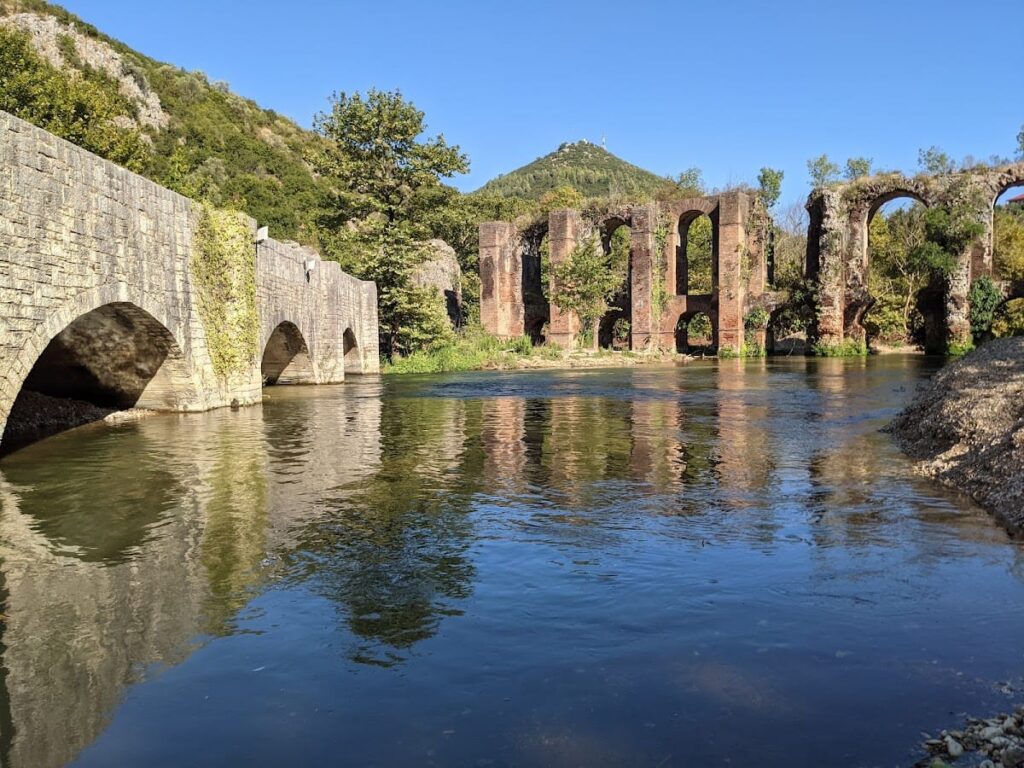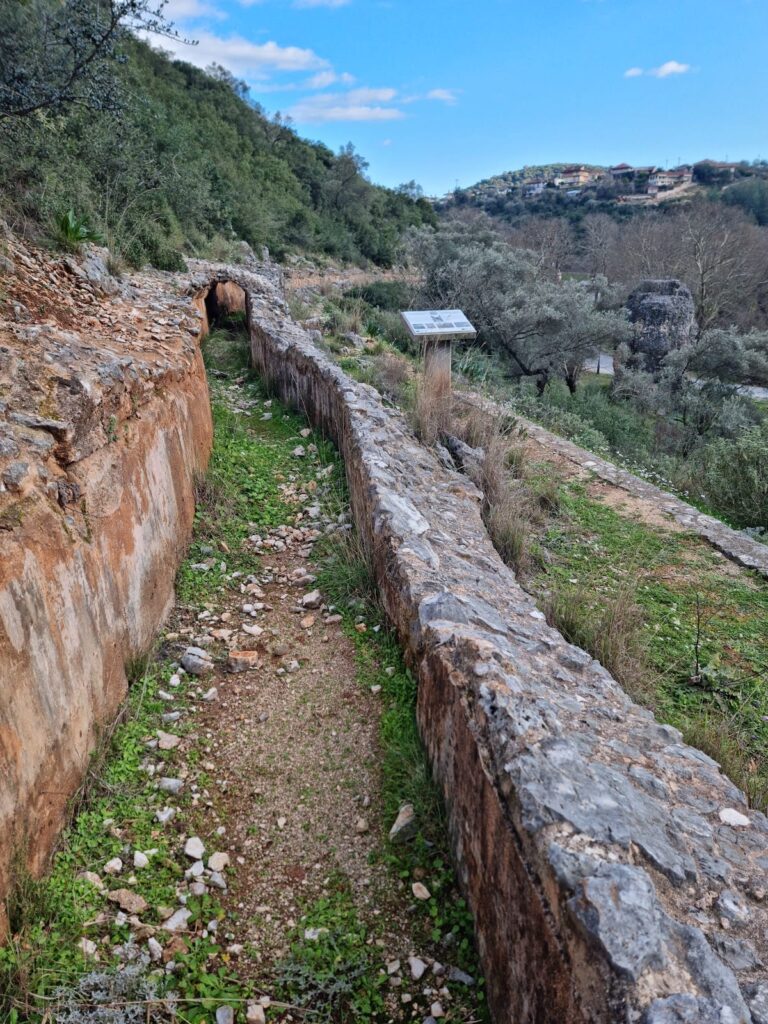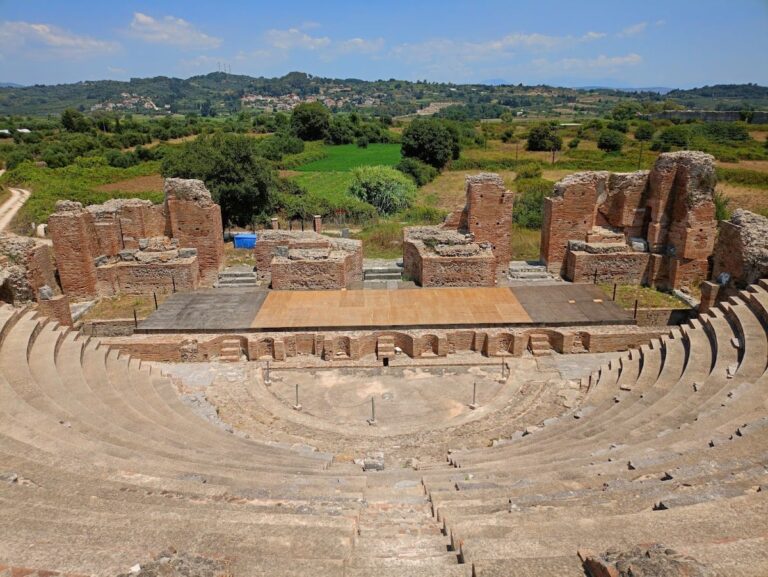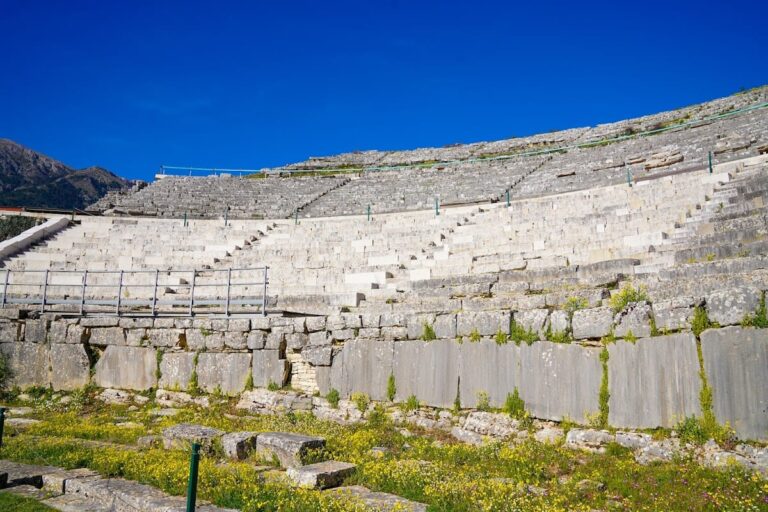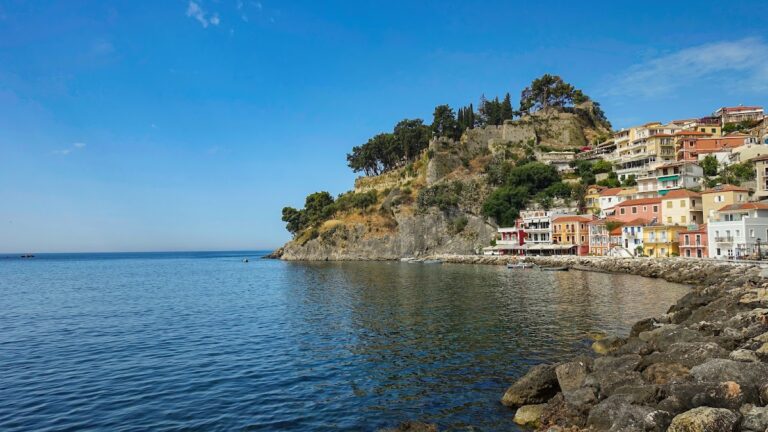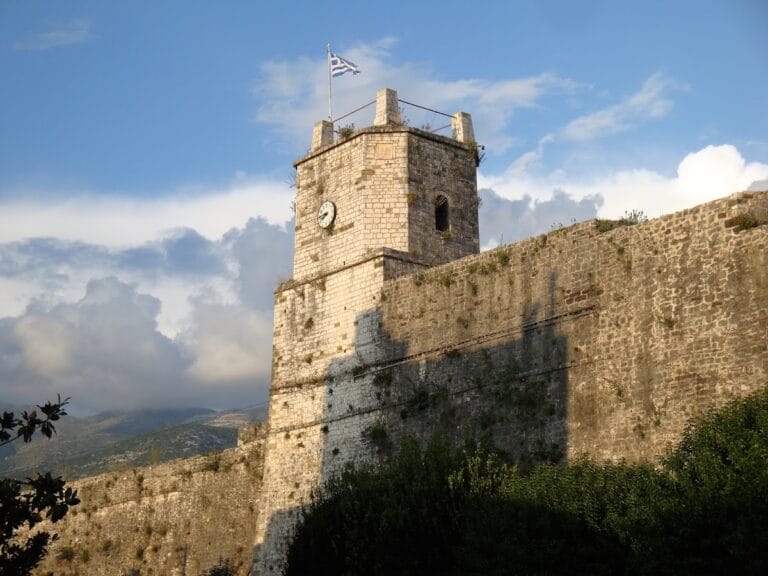Roman Aqueduct of Ancient Nikopolis: Water Supply Engineering in Western Greece
Visitor Information
Google Rating: 4.8
Popularity: Low
Google Maps: View on Google Maps
Country: Greece
Civilization: Byzantine, Roman
Remains: Infrastructure
History
The Roman Aqueduct of Ancient Nikopolis is located near the Louros River in the area of Filippiada, Greece. It was built by the Romans to provide a reliable supply of clean water to the city of Nikopolis, which faced shortages and contamination of local water sources. Nikopolis itself was founded in 31 BCE by Octavian Augustus to celebrate his victory at the Battle of Actium and became a major urban center in western Greece.
The aqueduct’s construction is traditionally attributed to Octavian Augustus around the end of the 1st century BCE or the early 1st century CE. However, more recent research suggests it may have been built later, during the reign of Emperor Hadrian in the 2nd century CE. This large-scale project channeled water from springs near Agios Georgios, above modern Filippiada, across nearly 50 kilometers to the city, covering much of the present-day Preveza region.
By the 4th century CE, the aqueduct had suffered considerable damage. Historical records note that Emperor Julian, ruling around 350 CE, funded repairs to restore its function. Despite these efforts, the aqueduct stopped working in the mid-5th century CE. This decline coincided with the weakening of Nikopolis and the construction of early Christian defensive walls around the city.
Nikopolis continued to exist until the 11th century CE before it was abandoned. No later settlements were established on the site, which helped preserve the remains of the aqueduct and other ancient structures in the area.
Remains
The aqueduct’s remains stretch along a route of about 50 kilometers, from the Louros river springs near Agios Georgios to the city of Nikopolis. Its design adapted to the varied landscape, combining carved rock channels, brick-built conduits, tunnels, and elevated arcades. The structure maintained a gentle slope of about 80 meters in altitude difference to ensure water flowed steadily toward the city and the sea.
Constructed mainly from terracotta bricks and carved rock, the aqueduct featured an arched brick roof covering the water channel. In hilly areas, the channel was built above ground, while tunnels were carved through hills such as the Kokkinopilos range. Across plains and valleys, the water was carried on brick arcades supported by piers.
The system included ventilation openings along slopes to allow air circulation and prevent damage. Water was collected from the Louros river headwaters and directed to two reservoirs within the Nymphaeum of Nikopolis. From these reservoirs, smaller pipelines distributed water throughout the city.
Today, visible remains of the aqueduct can be found at several locations along its course, including Thesprotiko, Louros, Stefani-Oropos, Archangelos, and near Agios Georgios north of Filippiada. These fragments show the aqueduct’s varied construction techniques and its adaptation to the local terrain.


